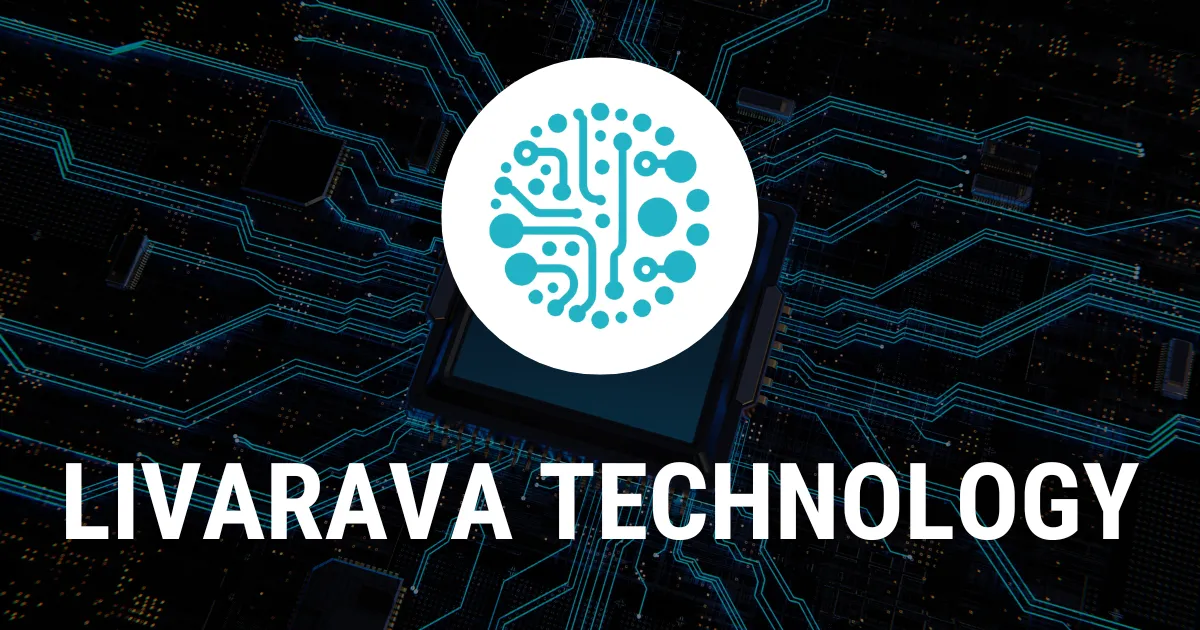Exploring the Future of 3D Printing Flexible MEMS with Two-Photon Polymerization

Future of 3D Printing: Innovations in Flexible MEMS
Researchers at Carnegie Mellon University have harnessed Two-Photon Polymerization (2PP) technology to realize groundbreaking advancements in flexible micro-electro-mechanical systems (MEMS). This innovation yields small-scale, lightweight microsystems capable of exhibiting advanced actuation through electrostatic microactuators, even when deformed.
Challenges and Breakthroughs
- Successfully integrating metal sputtering into fabrication
- Addressing the challenges of printing on flexible printed circuit boards (FPCBs)
- Achieving precise actuation despite surface irregularities
This method opens new horizons for applications in adaptive optics and wearable technologies, with a focus on producing complex microscale designs on challenging substrates.
Innovations in MEMS Fabrication
- METAL sputtering and precision alignment are vital during the printing process.
- This research highlights the potential for fabricating stable FPCBs with multiple materials.
- Demonstrated effectiveness through a successful 3x9 micromirror array project.
Advanced techniques in 3D printing on FPCBs exemplify the leap towards untethered flexible microsystems, integrating MEMS sensors and supporting smart technologies.
This article was prepared using information from open sources in accordance with the principles of Ethical Policy. The editorial team is not responsible for absolute accuracy, as it relies on data from the sources referenced.